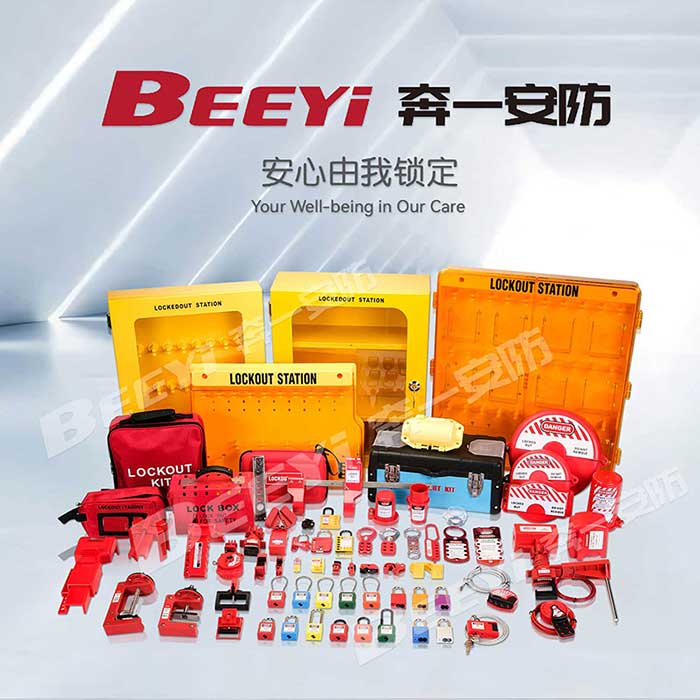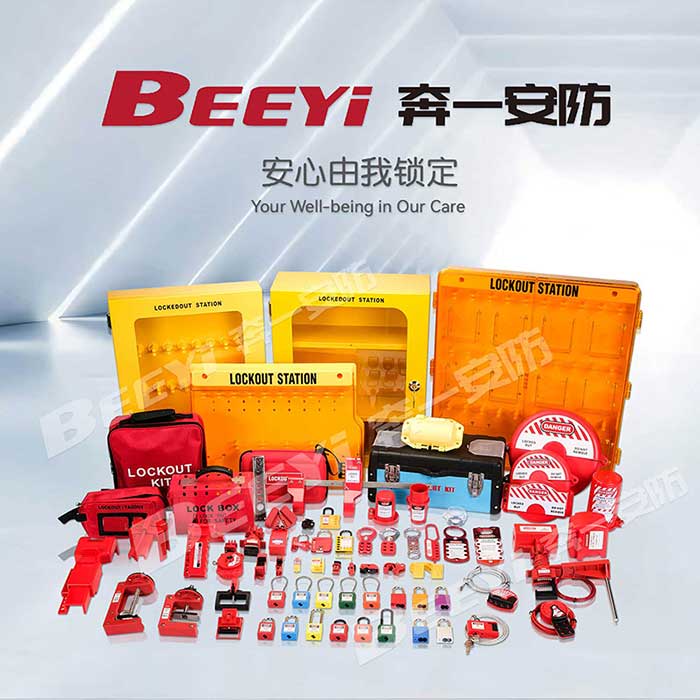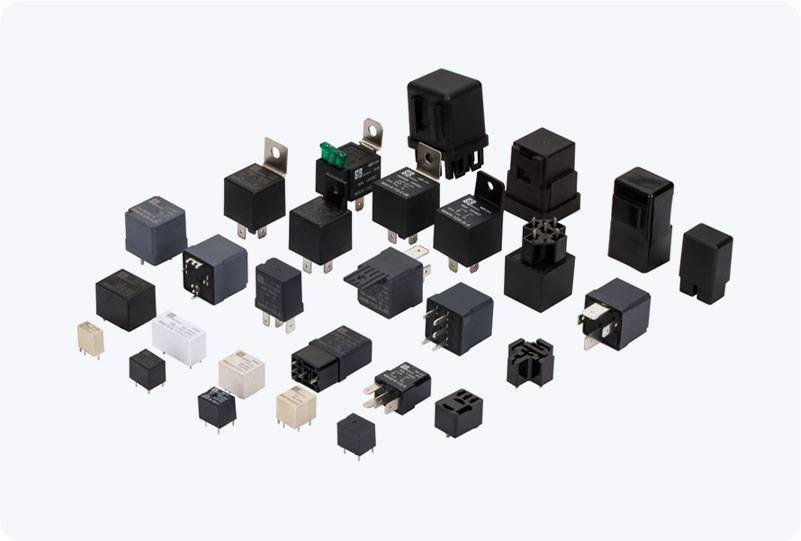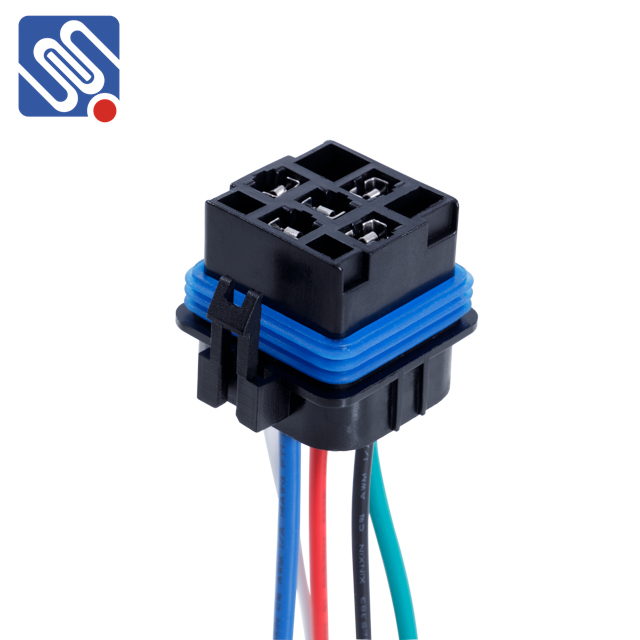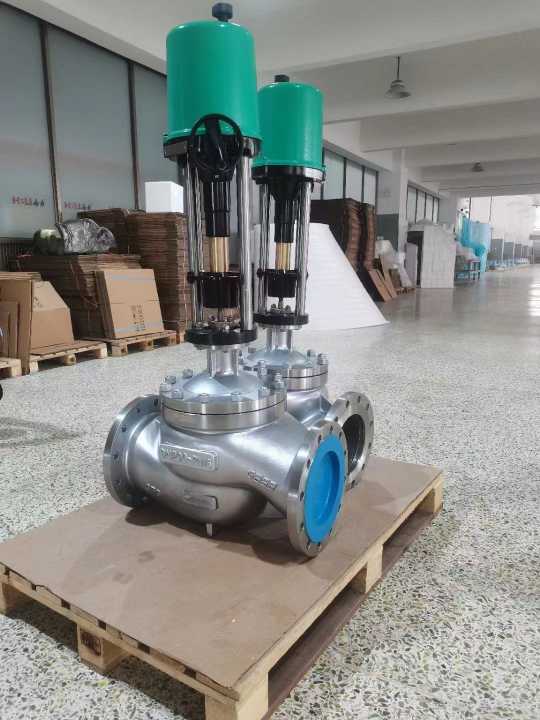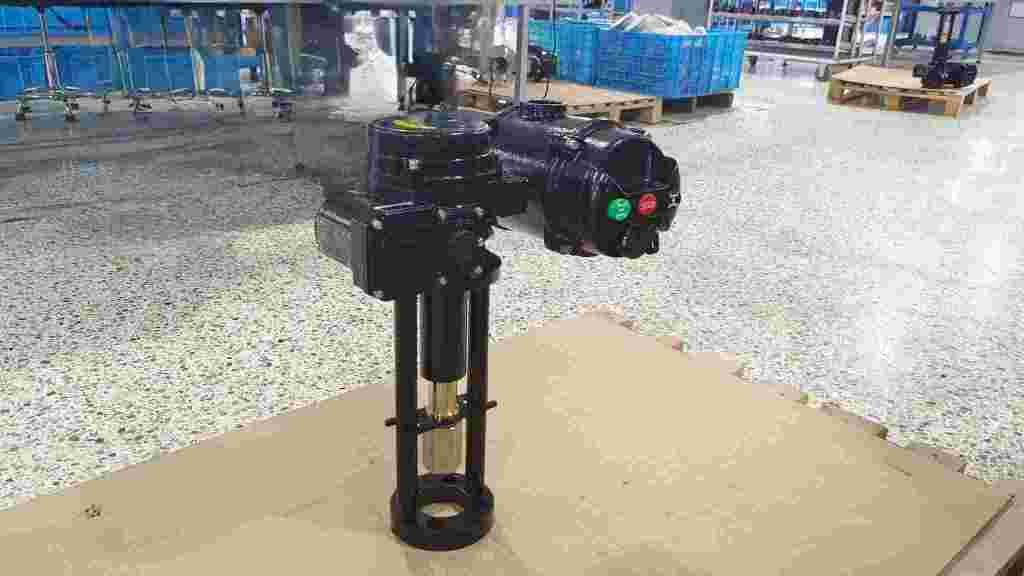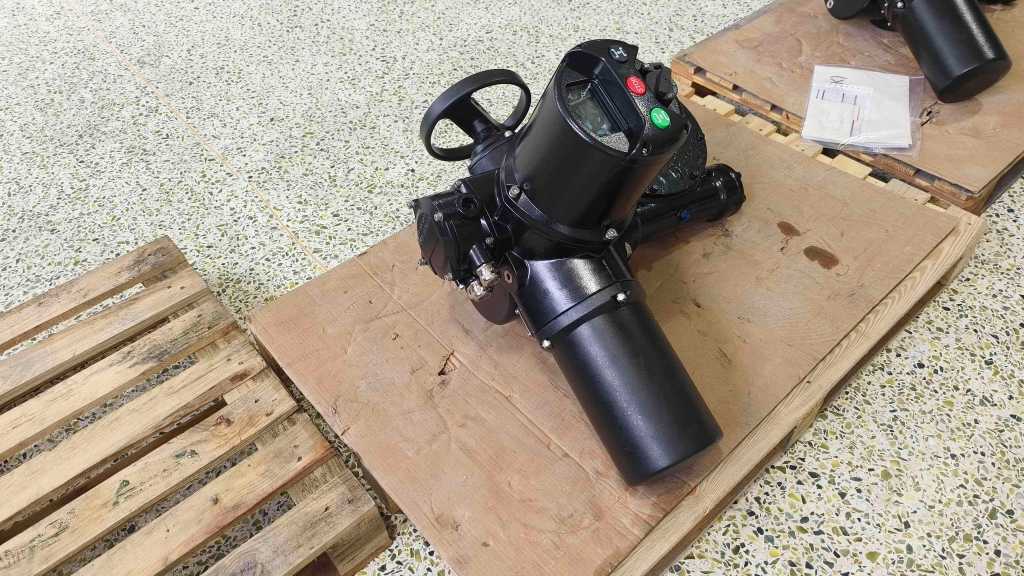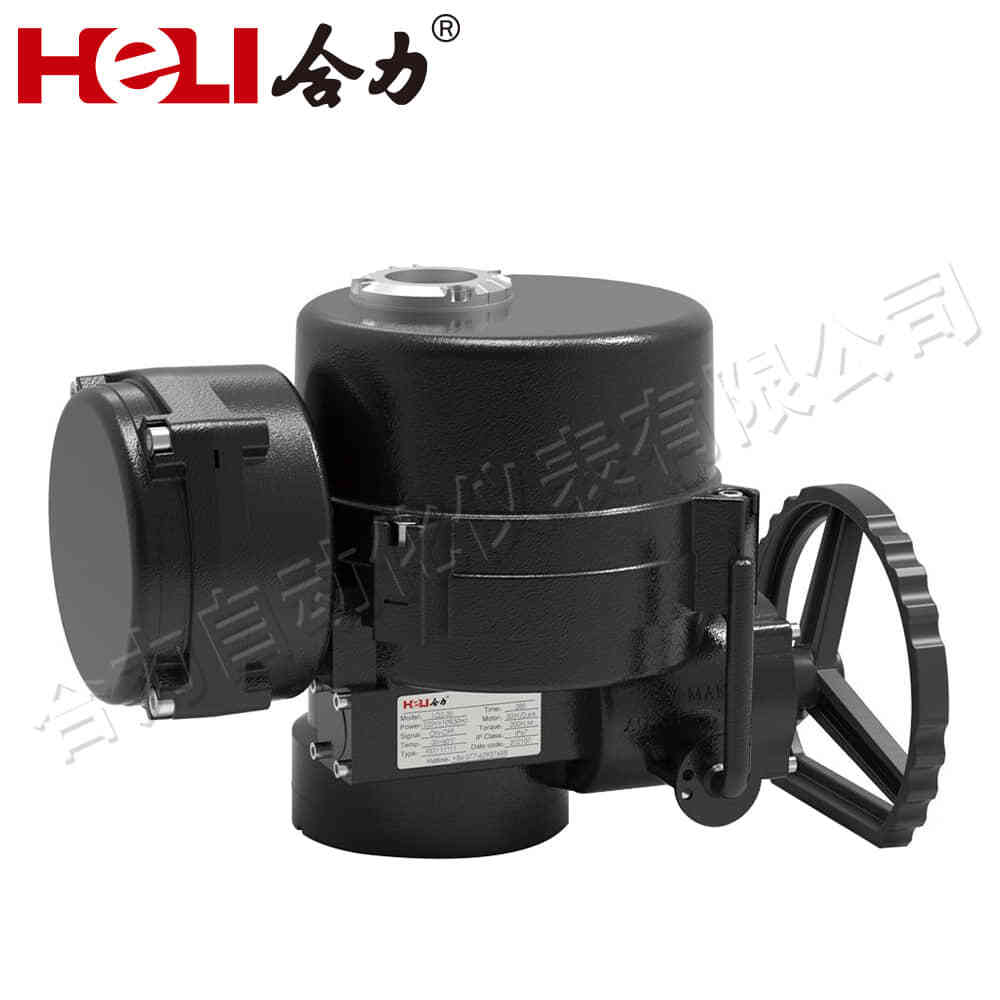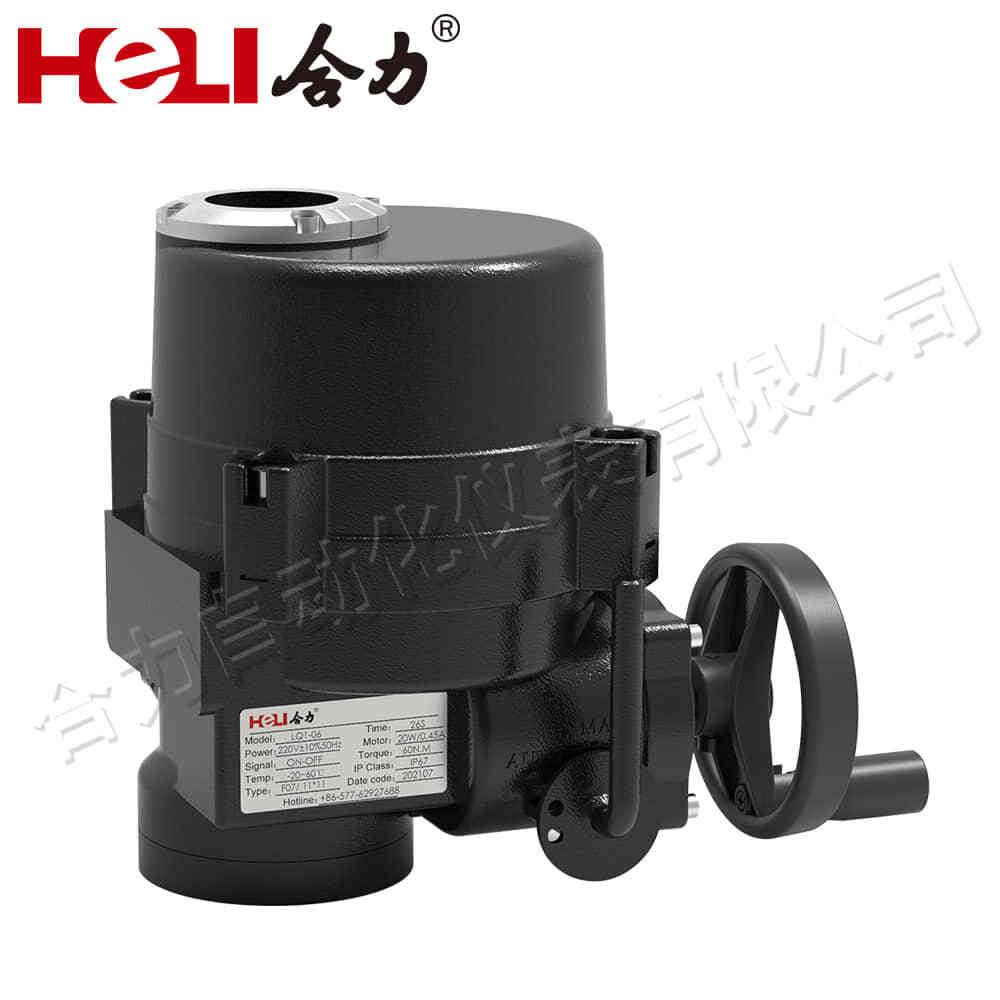Title: The Versatility and Reliability of the SO 280 Relay Socket in Modern Electrical Systems

The SO 280 relay socket is an essential component in modern electrical and automation systems. It serves as the interface between relays and the broader electrical network, ensuring secure connections, easy maintenance, and long-term reliability. While relays themselves are responsible for switching circuits on and off, the relay socket is the foundation that guarantees their stable performance. The SO 280 socket, in particular, is valued for its robust construction, compatibility, and adaptability to a wide range of industrial and commercial applications. One of the primary advantages of the SO 280 relay socket is its standardized design. It follows industry specifications that allow it to fit various types of plug-in relays seamlessly. This standardization simplifies both installation and replacement, as engineers can easily find compatible relays and sockets from different manufacturers. This interchangeability is crucial in industrial environments where downtime must be minimized, and components need to be replaced quickly without complex rewiring.
